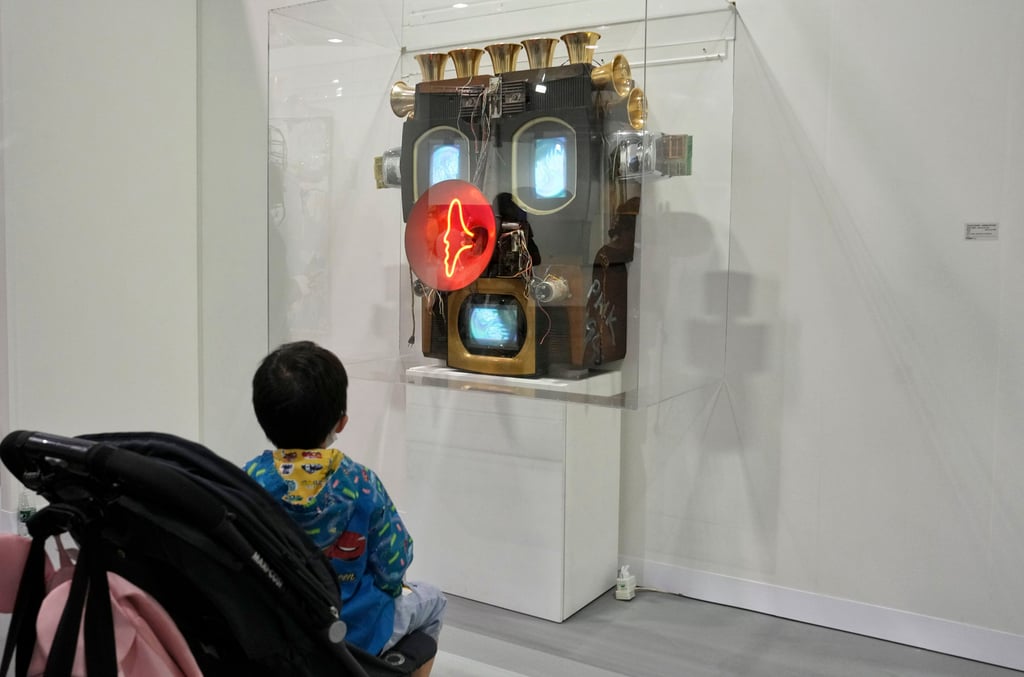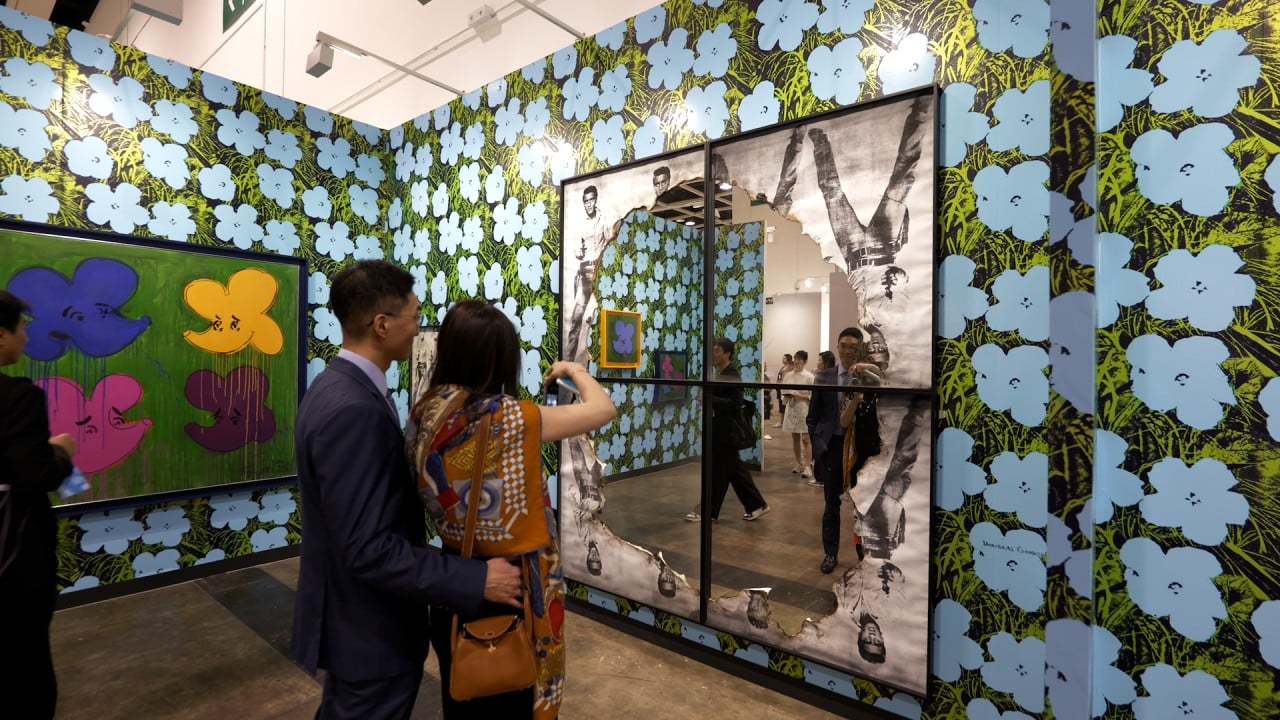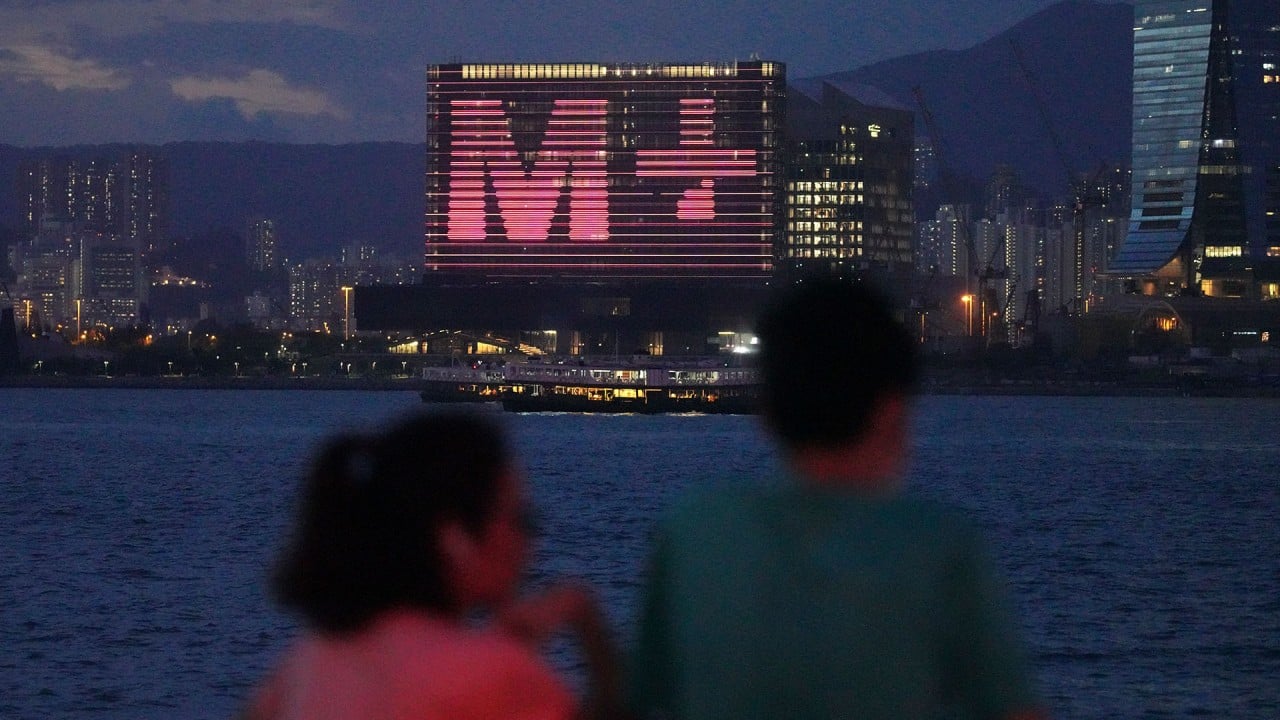Much has been said about turning Hong Kong into an international arts centre and a hub for cultural exchange. The city has been ambitious while also playing a tough game of catch-up.
The West Kowloon Cultural District was essentially the city’s response to a 1996 Hong Kong Tourism Board survey which found that tourists were very interested in art and cultural attractions. The government recently threw the arts hub a lifeline by approving plans for it to raise funds through residential land sales before it runs out of cash.
The cultural district’s history mirrors the city’s struggles to turn aspiration into reality. The arts hub has had to overcome disruptions ranging from management reshuffles to delays in the opening of facilities and financial woes.
In the past, friends who visited Hong Kong would tell me, “Hong Kong museums are great if you want to beat the crowds. There is hardly any one there.” For the most part, they didn’t mean to be demeaning. Most enjoyed their museum trips but wondered why so few people visited. It’s that sort of intangible environment – one in which arts and culture permeates the air – that we lacked.
Years of work have been put into growing the city’s art scene, and the results are encouraging. The world’s top auction houses have set up base here, and three have recently expanded their floor space despite the economic downturn, clearly seeing a future in the city. Being the regional hub for art collectors and investors has helped turn more Hongkongers’ attention to the arts.
A cultural desert no more, Hong Kong still has much work to do. Another piece of the puzzle must come in the form of education and increasing arts and culture exposure in our school curriculum.
Hong Kong schools do offer some arts education. Instead of leaving it to parents to sign their children up for after-school art classes, schools are incorporating more art-related topics and activities into their programmes, suggesting they see the benefits of this for the overall development of children.
These benefits include better emotional well-being and coping mechanisms that come with children having access to creative outlets for their emotions and self-expression. Appreciation of and engagement in the arts enriches lives. If people from all backgrounds and social strata have the right access, the city will be living and breathing art and culture.

On the education front, the authorities have revamped subject curriculum guides on the visual arts and music that apply to all primary and secondary schools. The updates include adding aesthetics of Confucian and Taoist culture.
For music, learning experiences involving appreciation and performance of Chinese music, Cantonese opera, Chinese folk songs and Chinese art songs are meant to help pupils understand “the relationship between the musical characteristics and their cultural background and significance, thereby cultivating proper values and attitudes in students”, according to an Education Bureau circular.
This circular explicitly said one of the main principles behind the curriculums was to strengthen students’ national identity and bolster their understanding of national security through appreciation and practice of more Chinese artwork and music. A multifaceted understanding and appreciation of Chinese art and culture can undoubtedly heighten a sense of identity, but the focus must not be on bolstering national identity and understanding of national security.
Including Chinese works in the curriculum would definitely enrich pupils’ cultural understanding. How else would they be able appreciate the diversity of art forms? There’s no question that children need to be exposed to both Western and Eastern art, as well as for them to learn how culture has affected such art. This is essential to broadening their understanding of the world and to shaping their perceptions of how to relate to the nation and the world.
However, we must not lose sight of why arts education is important in the first place. In addition to boosting pupils’ well-being, it equips them with the creative thinking skills they need to be future-ready. A positive mindset and creative problem-solving skills would include a healthy sense of identity and understanding of their relationship with their country.
Let’s not veer off course. We can’t afford to if we truly want to be the centre of art and culture exchange while equipping our future leaders to be creative thinkers and innovators.
Alice Wu is a political consultant and a former associate director of the Asia Pacific Media Network at UCLA




